

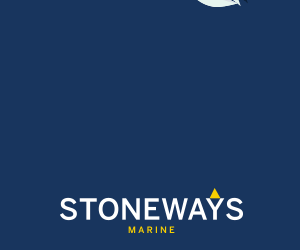





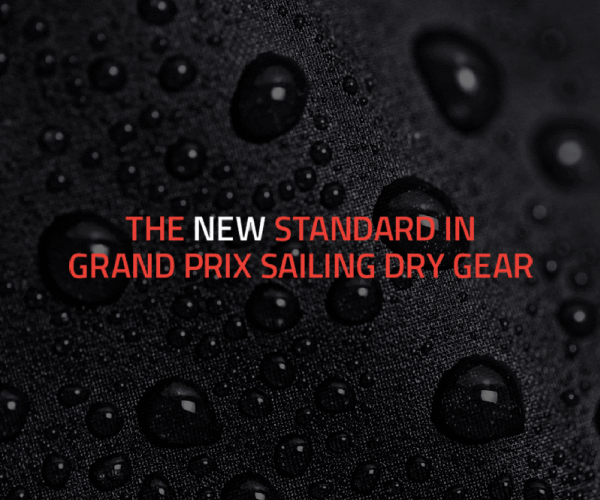


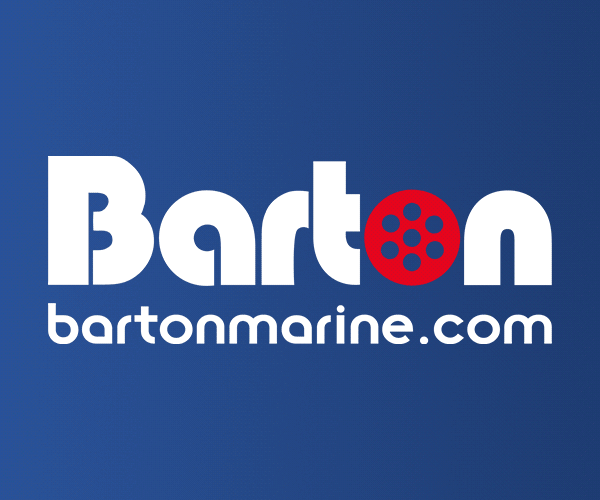

Boats for sale
| Laser 28 - Excellent example of this great design Hamble le rice |
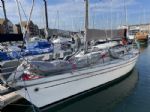 |
| Rossiter Pintail Mortagne sur Gironde, near Bordeaux |
 |
List classes of boat for sale |
What does this measurement rule mean? |
Post Reply 
|
Page 123 4> |
| Author | |||||
Guests 
Guest Group 
|
 Post Options Post Options
 Quote Quote  Reply Reply
 Topic: What does this measurement rule mean? Topic: What does this measurement rule mean?Posted: 03 Jan 19 at 10:28pm |
||||
|
From the N12 class rules:
4.3.3 At midlength, measured 229mm above the lowest points on the outer surface of the skin (or on a straight line, bridging any hollows, parallel with the vertical plane through the fore and aft centreline) between 40mm and 150mm from the fore and aft centreline of the hull at midlength, shall not be less than 1168mm. This measurement shall be taken to the straight line bridging adjacent lands if any. Iím really struggling to understand what this means  . Halfway between the bow and the stern, 229mm above the keel band the beam should be no less than 1168mm? What is the 40-150mm thing, and how do you measure a point 229mm above the bottom? . Halfway between the bow and the stern, 229mm above the keel band the beam should be no less than 1168mm? What is the 40-150mm thing, and how do you measure a point 229mm above the bottom?
|
|||||
 |
|||||
Sam.Spoons 
Really should get out more 
Joined: 07 Mar 12 Location: Manchester UK Online Status: Offline Posts: 3400 |
 Post Options Post Options
 Quote Quote  Reply Reply
 Posted: 03 Jan 19 at 10:32pm Posted: 03 Jan 19 at 10:32pm |
||||
|
You need a measurement form, or a set of plans to decipher this. Or just phone up the class measurer and ask him?
|
|||||
|
Spice 346 "Flat Broke"
Blaze 671 "supersonic soap dish" |
|||||
 |
|||||
zippyRN 
Far too distracted from work 
Joined: 14 Sep 06 Online Status: Offline Posts: 437 |
 Post Options Post Options
 Quote Quote  Reply Reply
 Posted: 04 Jan 19 at 1:47am Posted: 04 Jan 19 at 1:47am |
||||
is this the rule that lead to 'Baggy bumps ' on nationals ? |
|||||
 |
|||||
JimC 
Really should get out more 

Joined: 17 May 04 Location: United Kingdom Online Status: Offline Posts: 6662 |
 Post Options Post Options
 Quote Quote  Reply Reply
 Posted: 04 Jan 19 at 6:59am Posted: 04 Jan 19 at 6:59am |
||||
Its usually best to take these rules in stages, and you can then remove the bits that are to do with loopholes and weird shaped boats and understand the meat.
OK, so its a rise of floor rule. Most box rule classes have them. The idea is to prevent the boat being too skinny at a point that vaguely approximates to waterline beam.
This is 'weird shaped hull' stuff, given a normal boat you can ignore it. If the boat has a normal convex rockerline and no concavities n the outer surface it won't come into play.
So this will be the actual beam restriction. They have either worded it IMHO clumsily or else appear to have stuffed the proof reading and left a word or two out! The usual way of checking these measurements is to make a jig consisting of a piece of wood 1168mm wide, with a two other pieces sticking down 229mm at each end - a very shallow U shape. If both prongs don't touch the hull then the boat is too thin.
And this is more weird shaped hull stuff - in this case allowing for clinker built hulls. Does that help? Edited by JimC - 04 Jan 19 at 7:08am |
|||||
 |
|||||
JimC 
Really should get out more 

Joined: 17 May 04 Location: United Kingdom Online Status: Offline Posts: 6662 |
 Post Options Post Options
 Quote Quote  Reply Reply
 Posted: 04 Jan 19 at 7:21am Posted: 04 Jan 19 at 7:21am |
||||

This sort of thing for the jig. The red boat would fail as being too skinny, the green one would pass. The boats are of course inverted, as they usually are when doing hull measurement. Edited by JimC - 04 Jan 19 at 7:32am |
|||||
 |
|||||
Guests 
Guest Group 
|
 Post Options Post Options
 Quote Quote  Reply Reply
 Posted: 04 Jan 19 at 8:40am Posted: 04 Jan 19 at 8:40am |
||||
|
Ah, thank you!
|
|||||
 |
|||||
davidyacht 
Really should get out more 
Joined: 29 Mar 05 Online Status: Offline Posts: 1345 |
 Post Options Post Options
 Quote Quote  Reply Reply
 Posted: 04 Jan 19 at 11:06am Posted: 04 Jan 19 at 11:06am |
||||
|
"the 40-150mm thing" are a couple of pins on the jig, because earlier 12's had a hog, keel and keelband, whereas 40-150mm measures off the hull skin. We had a 12 that had two slots routed out for the jig pins to sit into in order to get a particularly skinny 12 to measure at the rise of floor points.
There also used to be a pan rule to control distortions in way of the rise of floor points. It is common to design a chine in at the risse of floor point such that the pins rest on the outside corner of the chines. The rule is probably a bit messy, because bits have been added to reflect challenges to the rule. Can't wait to see what iGRF makes of this ...
|
|||||
|
Happily living in the past
|
|||||
 |
|||||
giraffe 
Posting king 
Joined: 10 May 07 Online Status: Offline Posts: 148 |
 Post Options Post Options
 Quote Quote  Reply Reply
 Posted: 04 Jan 19 at 12:41pm Posted: 04 Jan 19 at 12:41pm |
||||
|
Page 21 of the measurement manual will help you.
https://www.national12.org/downloads/MeasuresManual.PDF For info, 1168mm equates to 46 inches; 229mm is 9 inches. Otherwise, the rise of floor rule is a basic type forming rule for a box class rule such as the N12. Boats built tend to be bang on max length, max width and have minimum rise of floor as this will give minimum wetted surface area. Rise of floor can be difficult for a builder and it is not uncommmon to see small measurement bumps - |
|||||
 |
|||||
Guests 
Guest Group 
|
 Post Options Post Options
 Quote Quote  Reply Reply
 Posted: 05 Jan 19 at 9:12pm Posted: 05 Jan 19 at 9:12pm |
||||
|
So, possibly interesting finding... or not.
If you assume that a midship area equal to a triangle of width 1168mm and height 229mm (0.134m2) is sufficient to float a N12, then there is an underwater cross section shape that is somewhere between that triangle and a rectangle that minismises the waterline beam. It turns out that the narrowest waterline (just over a metre) is when the base width is exactly half the rule width (so mid way between a triangle and a rectangle) and the sides flared out by 52 degrees. The wetted surface area is also, within a fraction of a percent, at a minimum with this shape too. So it would seem a reasonable starting point to base the midship section of a 12 on this shape (I assumed straight sides and a flat bottom for simplicity but a bit of curvature wouldnít change things much). The geek in me thought it interesting enough to share. 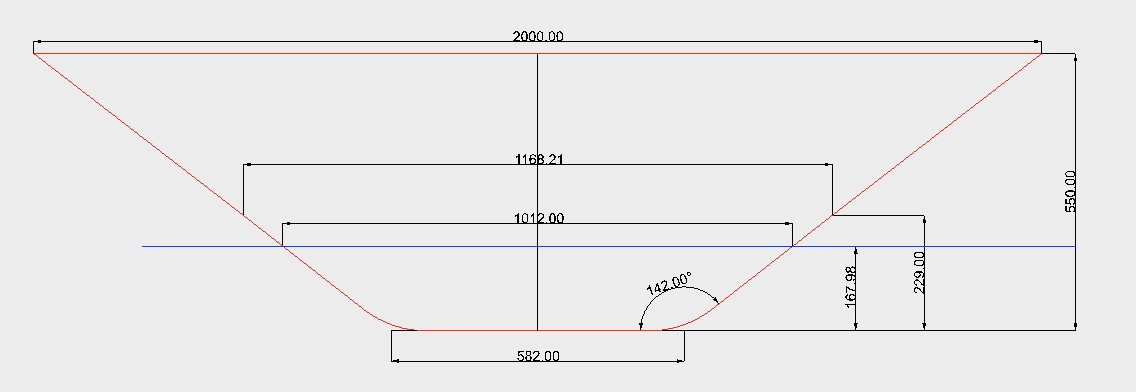
|
|||||
 |
|||||
JimC 
Really should get out more 

Joined: 17 May 04 Location: United Kingdom Online Status: Offline Posts: 6662 |
 Post Options Post Options
 Quote Quote  Reply Reply
 Posted: 05 Jan 19 at 10:49pm Posted: 05 Jan 19 at 10:49pm |
||||
|
You're ignoring rocker and waterplane, which make quite a difference to how the wetted area works out.
But yes, rise of floor rules can be rather type forming, doubly so if the measurement is at midlength, which is not where you want the widest part of the boat. The Australian (and pre 1984 UK) Cherub rules are notably influential in that way,leading to some unexpected shapes. When we were drafting the new IC rules a lot of attention was spent in attempting to get a rule that would have the desired effect in mandating the targeted width of boat without forcing the designer down a particular shape. |
|||||
 |
|||||
Post Reply 
|
Page 123 4> |
| Forum Jump | Forum Permissions  You cannot post new topics in this forum You cannot reply to topics in this forum You cannot delete your posts in this forum You cannot edit your posts in this forum You cannot create polls in this forum You cannot vote in polls in this forum |
Bulletin Board Software by Web Wiz Forums® version 9.665y
Copyright ©2001-2010 Web Wiz
Change your personal settings, or read our privacy policy
Copyright ©2001-2010 Web Wiz
Change your personal settings, or read our privacy policy











 Printable Version
Printable Version Delicious
Delicious Digg
Digg Facebook
Facebook Furl
Furl Google
Google MySpace
MySpace Newsvine
Newsvine reddit
reddit StumbleUpon
StumbleUpon Twitter
Twitter Windows Live
Windows Live Yahoo Bookmarks
Yahoo Bookmarks Topic Options
Topic Options